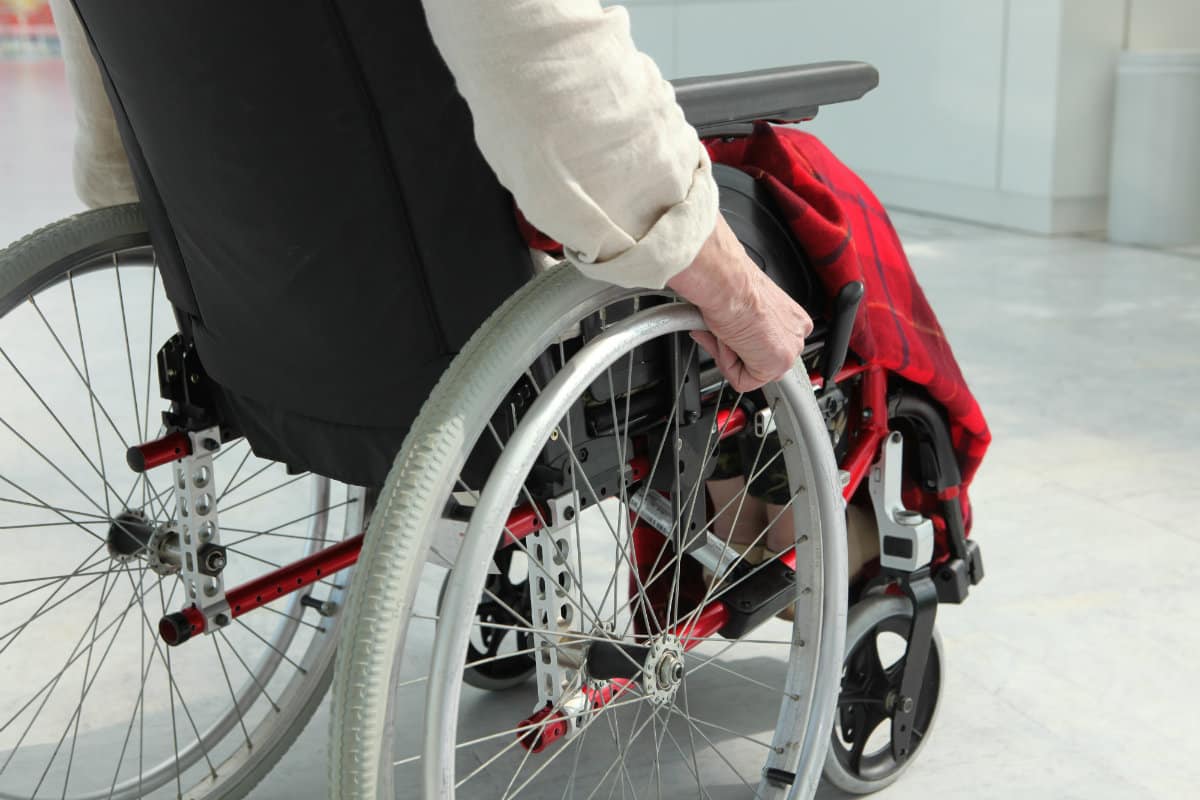
People who use wheelchairs deserve to know that the devices they use are safe. Wheelchair manufacturers must be diligent in making sure that all pieces of their chairs are in working order, that there are no design defects, and that all warning labels and instructions are adequate. But sadly, there have been several reports of defective wheelchairs hitting the market, resulting in severe injuries for the people who use these devices.
Some of the people who have been injured by these defective wheelchairs have begun taking legal action against negligent wheelchair manufacturers by filing defective wheelchair lawsuits. If you or a loved one has recently suffered a serious injury while using a wheelchair, you should consider the possibility that the injury was caused by a defect in the wheelchair.
Wheelchairs are comprised of many moving parts and if there is an issue with any piece of the wheelchair, the person using it is at risk of being seriously injured. Some common types of defects seen in defective wheelchair lawsuit cases include:
Basically, any type of defect or issue that makes a wheelchair unsafe for use can be considered a defect. There is no excuse for a wheelchair manufacturer to release a device that is not 100% safe for use. If any type of defect in design, parts, warning labels, or instructions played a role in causing an injury, the injured person likely has a strong case for a defective wheelchair lawsuit.
In most defective wheelchair injury cases, the wheelchair manufacturer will be held liable in the lawsuit. Manufacturers are responsible for producing the wheelchair and ensuring that it is safe for use before it is made available for sale. If someone purchases a wheelchair and is injured due to a defect, he or she will most likely have grounds for a lawsuit against the manufacturer.
In some cases, the manufacturer of a specific component part may be at fault for sending defective parts to the wheelchair manufacturer. For example, if a chair collapsed due to weak nuts and bolts made by another company, that company could also be held liable if someone is injured and files a lawsuit.
If the wheelchair was assembled by a third party, such as a store that the manufacturer shipped it to, that third party could be held liable if they made assembly errors that resulted in an accident and injuries.
Each wheelchair injury case has unique circumstances and determining which parties can be held liable is a decision best made with guidance from an experienced product liability lawyer.
The amount of financial compensation available in a defective wheelchair lawsuit depends on a number of specific factors, including:
More financial compensation will be awarded for more severe injuries, as the cost of future medical and life care will be much higher.
To give you an idea of the type of financial compensation that could be available, let's look at a case involving a man who sued Sunrise Medical for injuries caused by a defective Quickie Q7 wheelchair.
In this case, the man was awarded $9.8 million for the injuries he suffered. $4.8 million of this award was designated for medical care and life care, while the remaining $5 million was awarded for current and future non-economic damages.
Again, it is important to note that each wheelchair injury case has its own unique circumstances. In order to have a better idea of what your case could be worth, we advise speaking with one of our experienced product liability lawyers in a free consultation.